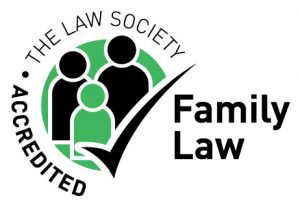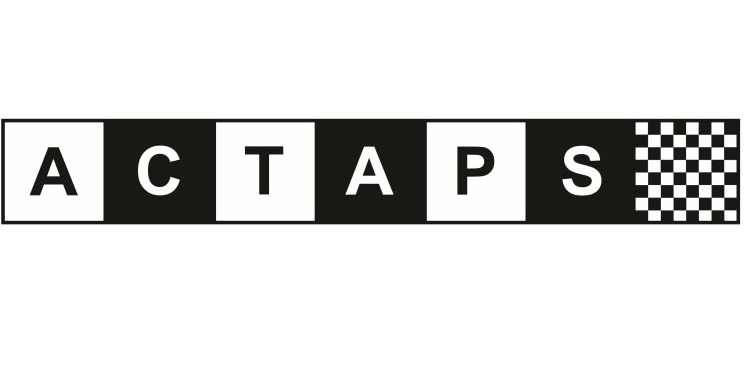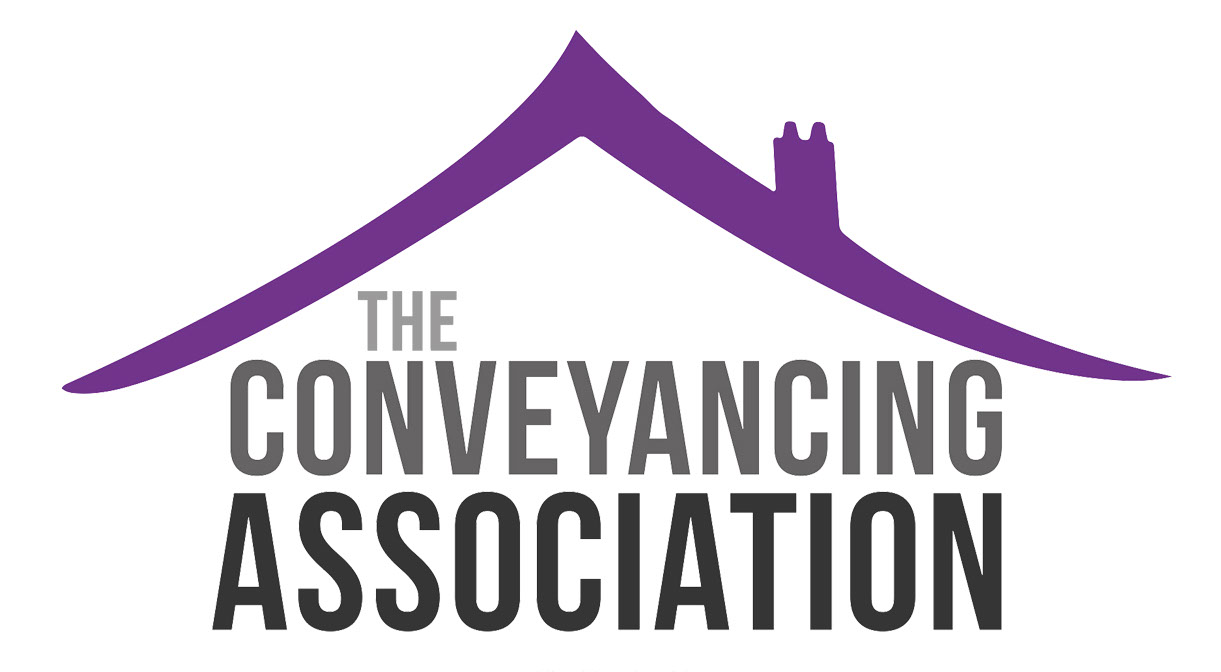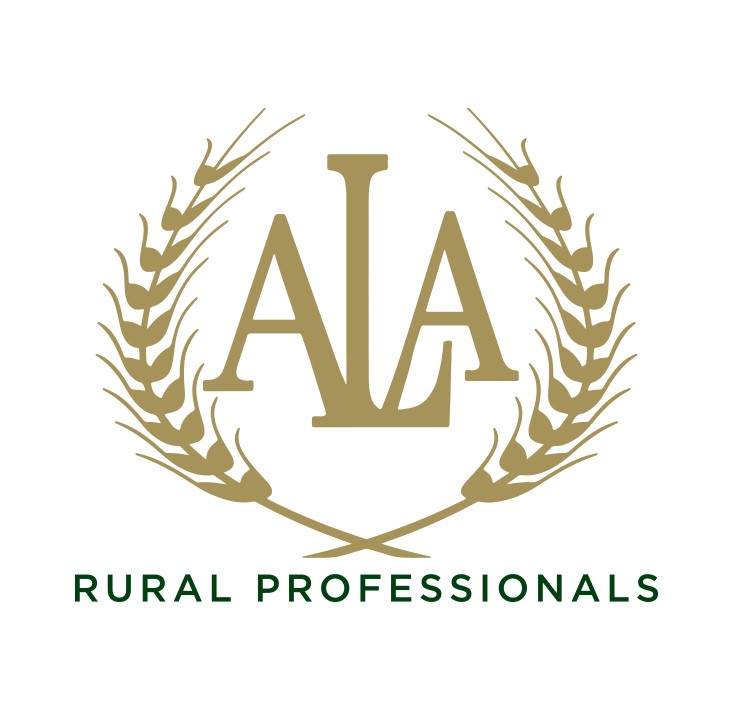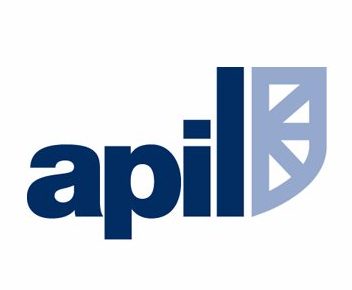COVID-19 Briefing: Winding Down the Furlough Scheme
This guide follows on from our previous guidance on the furlough scheme that the government has introduced in response to the Coronavirus pandemic.
On Friday 29th May the Chancellor, Rishi Sunak, gave us more details about changes to the Coronavirus Job Retention Scheme (commonly known as the Furlough scheme) and how the scheme will run between 1st July and the end of October. The Chancellor had previously announced that the scheme would be extended until October but that from August employers would have to start contributing to the scheme. People have been speculating since then about how the scheme would be wound down and now we have that detail.
The scheme will continue to run in its current form until the end of June. From 1st July, the scheme will close to new entrants and employees will be allowed to do part-time work for their employer. From 1st August, the amount employers can claim through the scheme will reduce in steps. The scheme will then close on 31st October. We have expanded on each of these below.
Final Date for New Entrants into the Scheme
The furlough scheme will close to new entrants on 30 June. After that date, employers will only be able to furlough employees who they have already furloughed previously for at least a full 3 week period ending on or before 30 June. This means that 10 June is the last date on which employees can be put on furlough for the first time. It seems that it will still be possible to rotate employees on and off furlough up to the end of the scheme, provided they have been furloughed at least once (for a full 3 weeks) prior to 30 June.
Part-time Furloughing
Employees are currently not allowed to do any work for their employer while on furlough. From 1st July that will change and employers will have the flexibility to bring back employees on whatever shifts and whatever hours the business needs. The employer will have to pay the employee in full for any hours they are asked to work but can still claim through the scheme for up to 80% or £2,500 of the rest of the employees normal wages.
Employer contributions
Employers can currently claim 80% of their furloughed employees wage costs (including employer National Insurance and pension contributions) through the scheme, subject to a cap of £2,500 per month. This will continue through June and July. From 1st August, employers will still be able to claim 80% of an employee’s wage up to £2,500 but they will have to pay employer National Insurance and pension contribution themselves.
From 1st September, employees will still be entitled to be paid 80% of their normal pay, up to the cap of £2,500 but employers will only be able to claim 70% of the employee’s wage, capped at £2,187.50, through the scheme. From 1st October, the government contribution will reduce again to 60% of wages, capped at £1,875 per month, with the employer having to top up the remaining 20% of pay.
Help with calculating claims
It is going to get quite a bit more difficult for employers to work out how much they can claim under the scheme, with some employees potentially working part-time, others going on and off furlough, and rates of contribution changing. We understand that the government is due to provide further guidance on how to calculate claims for furlough pay under the changed scheme on the GOV.UK website by 12th June and so you should watch for that.
Closure date
The scheme will now come to an end on 31st October. While the scheme was previously extended twice, from the original end date of 30th May, it is not anticipated that it will be extended again.
Redundancies
As the furlough scheme winds down, many employers will have hard decisions to make about what comes next. For many, redundancies are unfortunately going to be necessary. The furlough scheme has so far allowed many redundancies to be avoided and hopefully for many businesses it will have avoided the need for them completely. For other employers, the scheme has just delayed the inevitable. If you need any guidance on carrying out a redundancy process, please get in touch with our employment team.
Peace of Mind through difficult times
In uncertain times, the only thing we can say for certain is that nothing will stay the same for long.
It is entirely possible, therefore, that new legislation will have been introduced which will mean that all or part of this briefing no longer reflects the current law.
Because of this, we ask you to consider that, although correct at time of printing, information in this sheet may no longer be up to date and it is always best practice to consult with a lawyer about anything contained in this briefing.
Our lawyers are available to help answer any of your questions about this or any other legal concern you have.
Please contact Fraser Dawbarns directly for up-to-date information on your specific circumstances.
This Guide was prepared on 4th June 2020
New laws are being introduced and current legislation is regularly being updated. Although every effort has been made to ensure that information contained in this sheet is accurate, it may no longer be current at the time of reading. We strongly recommend consulting with a lawyer about your specific circumstances.
Read our Other COVID-19 Briefings
Our COVID-19 Guides contain useful information on how the coronavirus pandemic and the lockdown have affected legal services and everyday life across the UK.
- Extension to Stay on Residential Posessions
- Could an LPA Have Helped Me During the Lockdown?
- Dispute Resolution During the Pandemic
- Force Majeure and Frustration
- Coronavirus and Business Interruption Insurance
- Child Maintenance on a Reduced Income
- Reopening the Housing Market
- Life After Furlough
- The Changing Face of Litigation
- Holding Company Meetings During Lockdown
- Recovering Debts While Under Lockdown
- Making or Amending a Will Under Lockdown
- Commercial Lasting Powers of Attorney
- The Three Month Ban on Evicting Tenants
- Child Contact and the Coronavirus Lockdown
- Commercial Tenancies and Rights of Forfeiture
- Guidance for Employers and Employees
Related Articles
Recommended By The Legal 500 Directory*
*We are recommended for the following practice areas: Corporate and Commercial, Debt Recovery, Employment, Personal Injury: Claimant, Agriculture and Estates, Contentious Trusts and Probate, Family, Personal Tax, Trusts and Probate & Commercial Property.
ServicesContact





